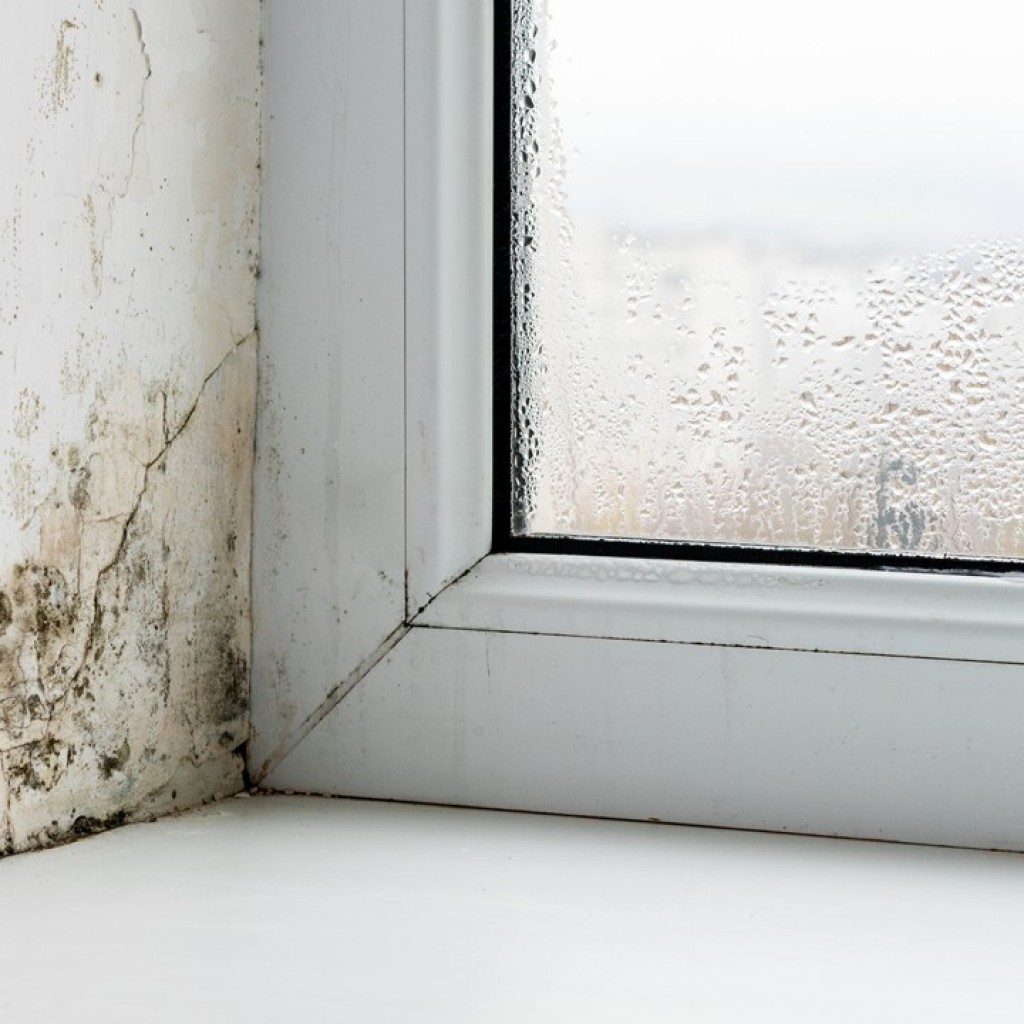The recently reported inquest outcome following the death of Awaab Ishak, along with the photographs showing the state of the rented home he was living in, hit the news headlines, and is now firmly in the spotlight of the media and the Government.
Why does this matter for private landlords?
Whilst the landlord in that case was a Registered Provider of social housing, it is important for private rented sector landlords to take note of the outcome of the case. Most private sector tenancies will be subject to the same rules as those in the public sector when it comes to repairs and maintenance issues. The spotlight could just as easily be on a private landlord in a similar case.
The presence of damp and mould in homes is not unusual. A lack of adequate heating, cooking without covering pans or drying washing indoors can often result in condensation forming and, if not dealt with, this can lead to mould growth. However, damp and mould can be exacerbated by the property itself – by its construction, inadequate heating, or poor ventilation. This is where landlords can encounter problems.
Landlords should be aware of the Housing Health and Safety Rating System (HHSRS). A detailed regime introduced by the Housing Act 2004 were various potential risks and hazards are assessed and given a ‘hazard score’ by the local authority. Local authorities have quite robust enforcement powers in the event issues are found. Damp and mould growth are specifically listed as presenting a potential hazard for occupants.
Landlords will also be challenged by tenants directly. Claiming breaches of the implied tenancy terms contained in the Landlord and Tenant Act 1985, as amended by the Homes (Fitness for Human Habitation) Act 2018. Arguments about the causes of damp and mould, and whether its presence amounts to a breach of s11, feature in many Court cases. ‘Freedom from damp’ is now expressly listed as a factor which could make a home unfit for human habitation.
So, what should landlords do?
There is no ‘one size fits all’ approach but the following may assist:
- If you have had a long-standing tenant who predated the 2018 fitness for habitation legislation coming into effect on 20 March 2019. Or if you have not carried out any survey since that legislation came into being. It may be sensible to employ the services of a specialist surveyor to carry out a survey of the property and address any remedial works.
- Ensure that your tenancy agreements contain clear terms regarding access. Whilst there is an implied covenant in most ASTs that a tenant should permit access on reasonable notice, including an express term in the tenancy is sensible. If tenants are refusing access, look to enforce the right of access.
- Do then ensure that you do exercise that right of access and carry out regular inspections. Further, ask anyone who may be entering to take a wholesale view of the property inside, and not just focus on the task they have been instructed to do. An electrician may, for example, be contracted to fix a faulty light, but if they notice mould whilst they are in the property, it is important this is passed back to the landlord.
- Act quickly if you become aware of a problem - either to remedy, e.g faulty extractor fans or radiators, or to take action against a tenant if it appears that tenant misuse of the property is causing the issue.
Find out more
Fundamentally the key message for private sector landlords is to be aware that damp and mould is not just a social housing problem. As tenants cut back on heating use due to high energy prices, expect more cases involving damp to hit the headlines in the months to come. We will of course be happy to help in regards to any information here.




